By Eric Niderost
It was the early-morning hours of June 13, 1917, when a group of German aircraft began its final preparations for a very special mission, which amounted to the first fixed-wing bombing of London. The British capital had already experienced a number of air raids conducted by Zeppelin airships, but the British made such sorties almost suicidal with effective countermeasures, in particular the use of an incendiary bullet that could ignite a zeppelin’s dangerous hydrogen gas.
The Imperial German Navy stubbornly continued with Zeppelin raids, though they reduced the overall numbers of such missions. The German army, disgusted by the heavy losses of men and materiel, called a halt to their Zeppelin bombing program. They turned instead to conventional aircraft, certain that strategic bombing would break the island people’s morale and cause the British Lion to sue for peace.
This first bombing raid was launched from an airfield near Ghent, in German-occupied Belgium. The bomber type used for this effort was a new machine, the Grosskampfflugzeug (“large battle airplane”) IV, usually called the Gotha IV for short. It was remarkable for the time, powered by two 260 horsepower Mercedes engines that operated pusher, not tractor, propellers. It was a bit slow at 80 miles per hour, but it had an impressive ceiling of 18,000 feet.
For armament, it boasted two 7.92mm Parabellum machine guns with pivoted mounts in nose and dorsal positions, and it could carry a bomb load of between 661 and 1,102 pounds. The Gotha G IV was maneuverable, but it had an unfortunate tendency to be unstable when landing, especially when returning from a bombing mission without its heavy payload.
The Germans had fostered hopes of launching their assault on London as early as May, but bad weather, especially the proverbial English fog, had frustrated their plans. But it was obvious that this June day was going to be bright and clear, so the German crews were in good spirits. They climbed into their cumbersome, fur-lined flight suits—necessary for high altitudes in open cockpits—boarded their machines, and readied themselves for the final takeoff.
Twenty-three Gothas participated in the inaugural run. Most were Gotha IVs, but at least one was the very similar Gotha V model. This Gotha stood out among the rest, and its unusual embellishment had everyone calling it the “serpent machine.” This was not nose art, but body art, with the undulating green body of a snake stretching down most the fuselage’s 77-foot length.

This Gotha V, more formally Gotha G.V. 670/16 (the last number meaning it was manufactured in 1916) was piloted by 19-year-old Lieutenant Erwin Kolberg, with Rear Gunner Sergeant Mayer and commander/observer First Lieutenant Walter Aschoff. It was fitting that Aschoff commanded the serpent plane, because he himself was noted for his dash and eccentric color. He habitually carried a walking stick, a battered and ugly oak cane to be exact, as a lucky charm. This was his talisman of good fortune, and he refused to part with it.
The Gotha bomber also had an unusual feature, something that initially was going to confound its British opponents: The dorsal machine gun could be depressed down enough to enable it to fire through an open panel in the floor of the fuselage. This machine-gun/panel combination gave the Gotha a measure of protection against attack from below, a blind spot on most machines of the era.
The Gotha did not carry a radio, but some air crews may have taken carrier pigeons with them. Of course, the English Channel was a threat, especially if a damaged bomber could not make it back to base and had to ditch in the water. The Germans had constructed the Gotha’s fuselage in such a way that the various vents and other openings could be plugged. The Gotha could float, at least for a time, with the hope that a German U-boat or surface vessel could come to the rescue before it sank beneath the waves.
The Gotha flight crews began to sweat, both from battle anticipation and from being trapped in those furry flight suits as the sun rose higher and the day gradually warmed. Nevertheless, this is what the unit had been wanting for weeks, and now their moment had arrived. In typical German fashion, their unit name was almost as long as their machines, a tongue-twisting Kampfgeschwader 3 der Oberste Heeresleitung of the Army High Command, which was abbreviated to Kagohl 3. It was not too long before Kagohl 3 had acquired the informal nickname Enlandgeschwader, which translates to “England Squadron.”
It was 10:00 a.m. when the heavily laden bombers lifted off into the cobalt-blue sky bound for England. Two craft immediately had engine trouble and were forced to return to base, leaving 20 machines to press on to London. Others peeled off to secondary targets. For example, one Gotha headed southwards to the Kentish coastal town of Margate, on which it dropped five bombs.
Captain Ernst Brandenburg, squadron commander of Kagohl 3, was personally present on this mission, and he now had 14 Gothas with which to complete his bombing run over London. The German bombers were flying abreast in two formations along a wide front. The noise of their combined engines was so loud they could be heard on the ground 10 minutes before the aircraft could be seen.
People in the suburbs rushed outdoors to find the source of the strange sound, a constant and unnerving drone. People who caught sight of the German formations were thrilled and delighted, and some actually cheered, describing the approaching aircraft as “white butterflies” or a “shoal of little silver fishes.” At this stage, virtually everyone thought they were Allied airplanes.
The British were caught off-guard by the Gotha attack, but they were not defenseless. Squadrons 37, 39, and 50 were alerted, and at precisely 11:24 a.m., a 3-inch antiaircraft gun at Rumford roared to life, the first London defense gun to go into action on this raid. “Suddenly there stand, as if by magic in our course, little clouds of cotton, and the greetings of enemy guns,” recalled one of the German commanders, who said the aircraft pressed on through the flak. “We fly through them [for] it is the heart of London that must be hit.”
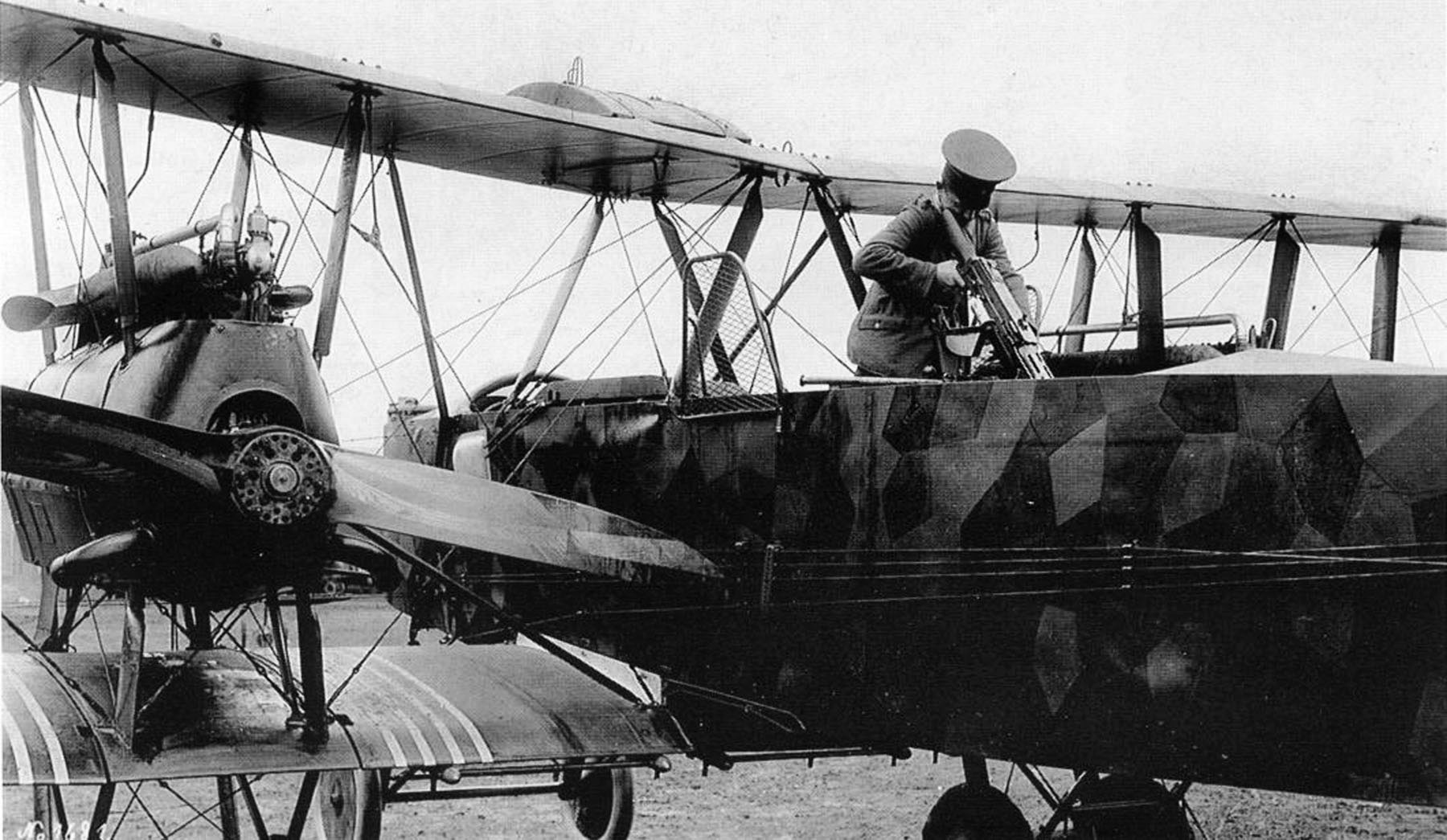
But how did this idea of bombing an enemy city come about? The idea of strategic bombing was in its infancy, as was aviation itself. One of the first proponents of strategic bombing was the Imperial German Navy. Largely bottled up in its home ports by the larger British Royal Navy and unable to break the British blockade that stifled German trade, the German navy yearned to take some kind of offensive action against the British Isles.
Grand Admiral Alfred von Tirpitz favored bombing England, but Kaiser Wilhelm II was reluctant to give permission for such raids, because members of the British royal family were his blood relations. The Kaiser finally gave his permission in January 1915, stipulating that only military targets would be considered. This decision spawned the zeppelin raids, but the early successes of these airships could not be sustained.
Lt. Gen. Ernst Wilhelm von Hoeppner took control of the situation. His goals were simple but precise. He aimed for nothing less than the disruption of British industry and communications and disruption of cross-channel supply routes. But above all, he wanted to break the morale of the British people by delivering a psychological blow that would compel them to demand that their government sue for peace.
The first raid had Liverpool Street Station, one of London’s largest rail terminals, as its primary objective. In these early years, it was almost impossible to drop bombs with any sort of precision. Seventy-two bombs were released within one mile of the station, but only three hit the target. Two of the bombs crashed through the station roof and detonated on the concrete waiting platforms, while a third scored a direct hit on a train waiting to depart.
The station was a scene of utter carnage. A dining car from the ill-fated train was shattered, and flames erupted from two of the coaches. When the raid was over, the British casualties included 162 dead and 426 injured.
But the real horror came when a single 50-kilogram bomb hit Upper North Street School in the London suburb of Poplar. It penetrated three stories before detonating in a kindergarten class. The playroom was transformed into a charnel house of ruble and tiny, mangled bodies. The bomb killed eighteen children outright, with a further 30 sustaining injuries.
War was one thing, but the killing of children, even as collateral damage, produced a wave of revulsion against the enemy. The dead were horrifying enough, but the sight of screaming and bloodied young children was doubly heart-rending.
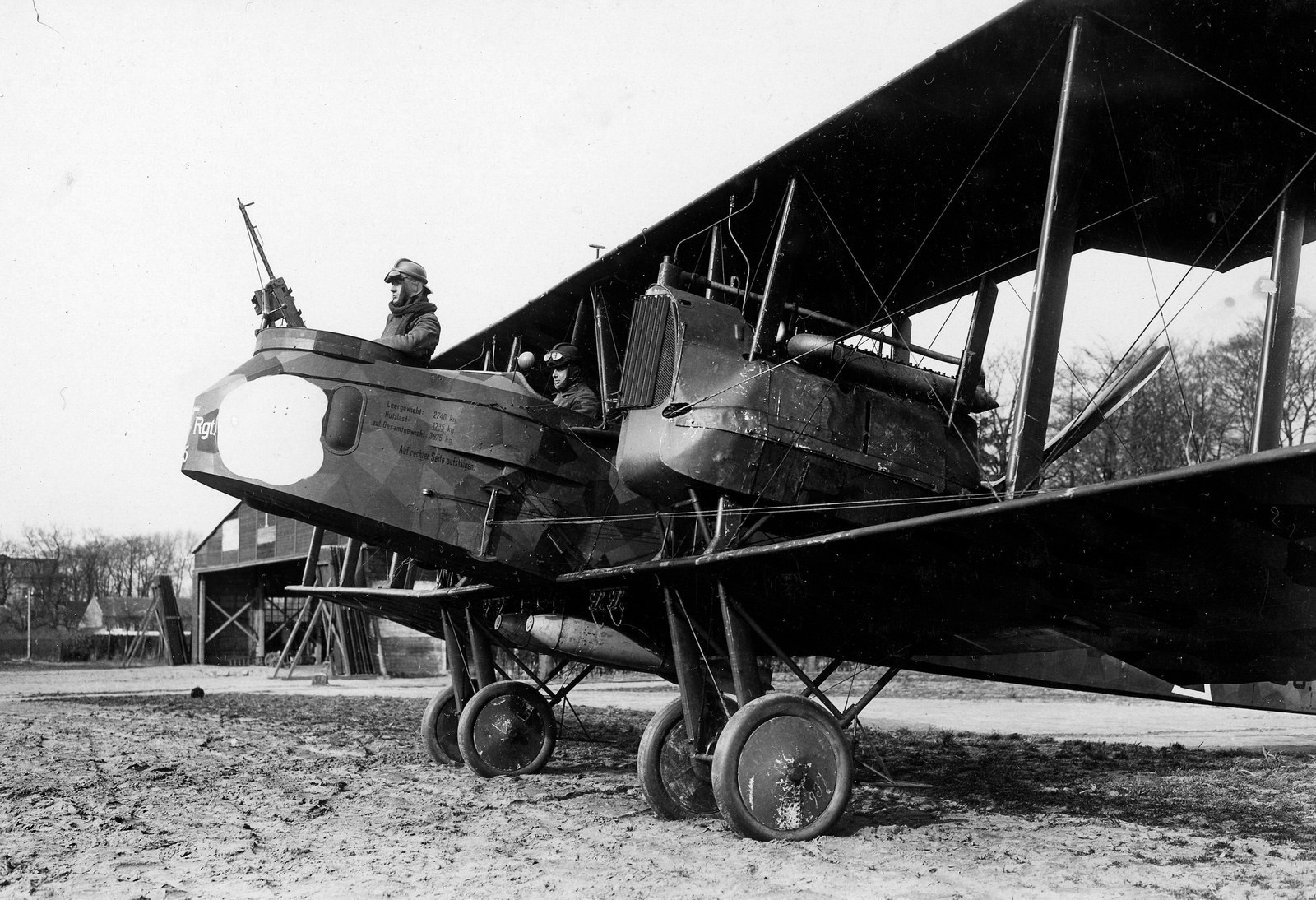
The first raid ended, and, from the German point of view, it was a remarkable success. The Gothas headed home, leaving 125,953 pounds of high-explosive damage in their wake. But in the wake of the bombing raid, the English bitterness towards the Germans increased tenfold. Afterwards, they detested everything German, and British citizens attacked German immigrants. In response to the furor, King George V dropped the royal family name of Saxe-Colberg-Gotha and substituted the more English-sounding name Windsor.
More raids followed, and it was clear that the bombings of 1917 were a psychological blow, but not quite in the way that the Germans intended. Horrified at the random civilian deaths, and especially shocked by the senseless killing of innocent children, the British public demanded action. If the two British air forces, the Royal Flying Corps and the Royal Naval Air Service, could not mount retaliatory raids at the moment, at least they could improve home defenses.
The raids showed that British home defenses were inadequate, at best. Some of the British fighters could not reach the Gotha’s operational height, and those that could took time to climb to that level. By the time a British pilot got there, his prey was long gone. That is why only 11 out of 94 British defensive aircraft got close enough to the Gothas’ sorties in that first raid even to fire at them. And the handful that did find the bombers was ineffectual, downing not a single enemy bomber.
Spurred by the public outcry, the War Cabinet formed a committee on defense and aerial operations. The findings and conclusions were largely the work of one committee member, Lt. Gen. Jan Christian Smuts. There is some irony in Smuts helping to defend London, because he was a Boer from South Africa, a man who had been an enemy of the British Empire years earlier.
Smuts and his committee established a London Air Defense Area. This was an umbrella organization that included the RFC squadrons, anti-aircraft guns, searchlights, and observer corps under a unified command. Brig. Gen. Edward Ashmore, a former RFC officer, was chosen to head this fledgling organization. It was a superb choice, for he had been serving as an artillery officer on the Western Front, so he knew the strengths and weaknesses of both airplanes and anti-aircraft guns.
Ashmore first redeployed his anti-aircraft guns in a defensive line 25 miles outside of London. Once that was finished, he created a boundary known as a Green Line around the British capital. Beyond this line, anti-aircraft guns had priority, and Allied planes were forbidden to enter. That gave the artillery freedom of action, and gunners could automatically assume that anything flying in their air space was an enemy to be dealt with accordingly.
These innovations proved effective, and the Gothas could no longer fly missions with relative impunity. The Germans started to take losses, and when they started to raid English coastal towns, the story was the same. The new British fighters, machines like the fabled Sopwith Camel, were also proving their worth in the crowded skies about the embattled island.
On the morning of Wednesday, August 22, 1917, 15 Gotha bombers from Kagohl 3 set out on yet another mission to England. It was to be a two-pronged attack, with one group to bomb Sheerness and then either Southend or Chatham, and the other group targeting Dover. The formation was spotted, and the alarm sounded for both antiaircraft and airborne units.
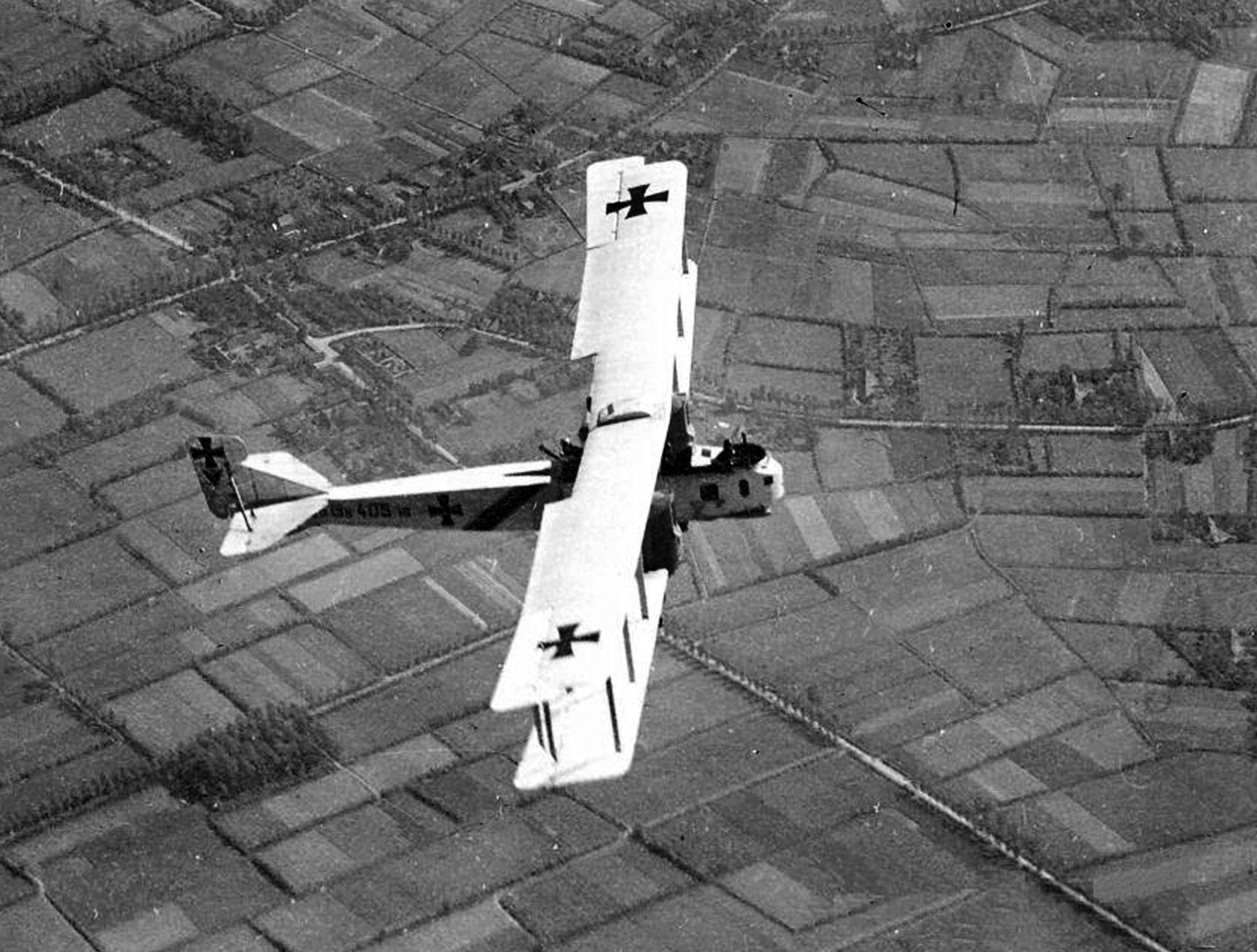
Flight Lieutenant Arthur Frank Brandon of the RNAS was already on patrol, flying his Sopwith Camel F.1 B3834, which he had named “Wonga Bonga”—was inspired by the sound that the engine of the Gotha bomber made while in flight.
Brandon saw some of his RNAS comrades flying up to join him, but once he spotted the Gothas ahead, he did not wait for support. Positioning his Camel some 2,000 feet above the bombers, he dived down on Gotha G.IV 663/16 but resisted the urge to shoot until the last minute. At a distance of 200 yards from the target he opened fire, and the German bomber responded in kind.
Machine guns blazed, and Brandon noticed that the German rear gunner slumped as the bullets ripped into his body. Brandon circled and attacked three more times, until the Gotha’s starboard engine burst into flames. Clearly crippled, the German bomb veered off and started to break up as it plunged earthward.
The fallen Gotha’s three-man crew was dead, but the bodies were recovered and placed in a barn. It was said that anger against the bombing was so great that local residents came into the barn to kick and abuse the dead Germans. A guard had to be placed around the barn, and the enemy airmen were later buried in secret.
But the fascinating part of the story was that Brandon was not done yet. Wonga Bonga had sustained some battle damage in the Gotha fight—particularly a bullet in its No 6 cylinder—so he was forced to land. Knowing there were still Gothas nearby, he transferred to a Sopwith Camel named “Springbok” and took to the air once again. Brandon found another Gotha and peppered it with bullets, though it is not recorded if this particular bomber went down.
It is a matter of record, however, that besides Brandon’s kill, the RNAS downed at least two more German Gothas that day. One of them, G.IV 663/16, crashed into the sea a half a mile from Margate. The pilot and observer were killed, but 19-year-old gunner, Unteroffizeir Bruno, Schneider, was picked up and rescued by the destroyer HMS Kestrel.
These mounting losses made the Germans rethink their original plans for daylight raids. The obvious solution was to switch to night missions, which commenced in early September 1917. The Germans transferred Riesenflugzeug (“giant aircraft”) 501 from the Eastern Front to Belgium in autumn of that year, where its aircraft became a welcome addition to the German bombing campaign against England. Like most aircraft types, the design went through several incarnations. The last of these, the RVI, was truly a gigantic machine, boasting four engines, a crew of seven, and a wingspan of 138 feet.
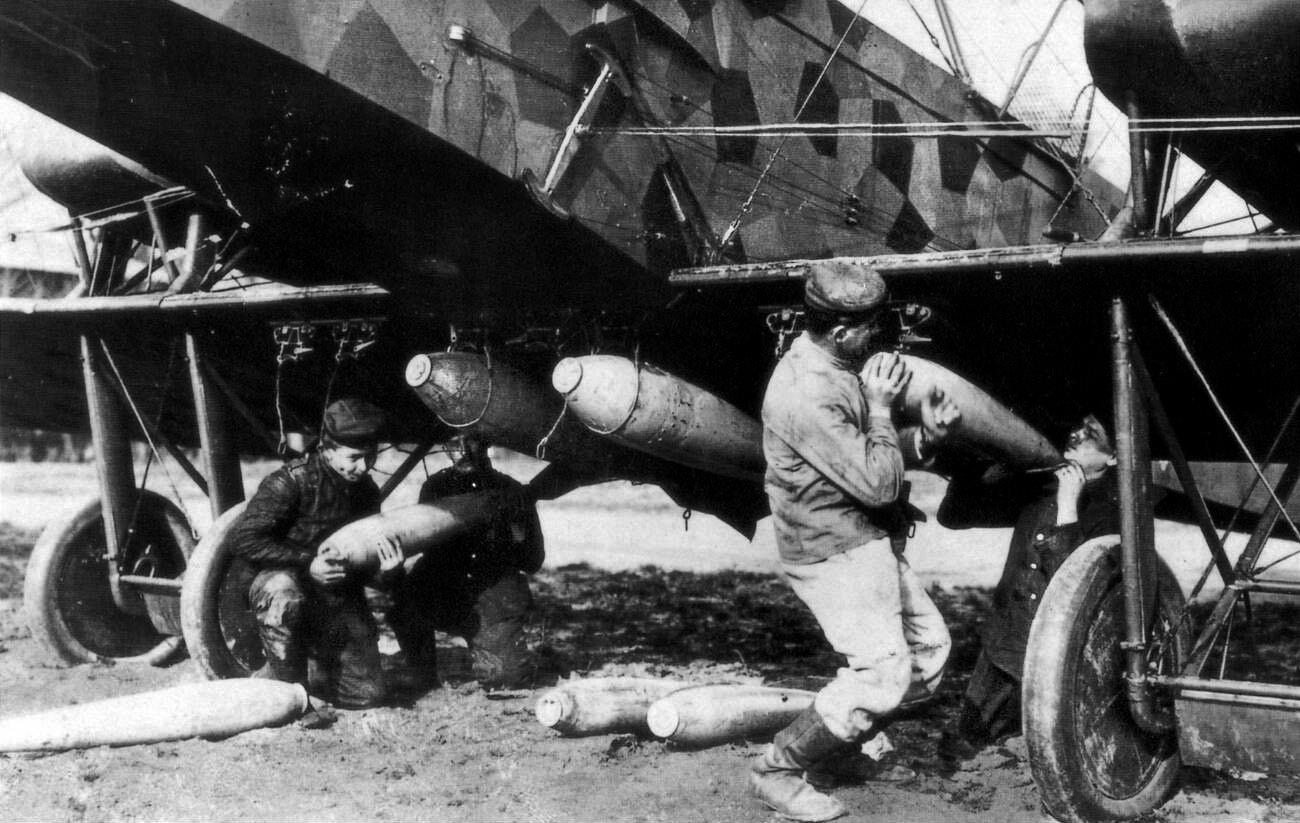
Aided by mild weather, the September 1917 raids grew in intensity. There were no fewer than six raids across a period of eight days, with five of them hitting the capital city. The new commander of Kagohl 3, Captain Rudolf Kleine, was a great believer in offensive action, and was particularly intrigued by incendiaries.
It was said his dream was to set London ablaze, but the incendiary bombs failed to live up to their promise. In one raid, 260 incendiaries and 13 high-explosive bombs were dropped, but they set only three serious fires.
This is not to say that the bombings were futile. Production of munitions at Woolwich Arsenal fell during the attacks; people were killed and wounded; and as many as 300,000 Londoners were forced to seek shelter in London’s Underground stations.
The last major raid took place the night of May 19-20, 1918. It was a major effort that included 38 Gothas and three “R” giants. Only 18 of the 41 machines made it to London, with the rest repulsed by the increasingly efficient British defenses or forced back by engine trouble. The London antiaircraft guns fired over 10,000 rounds that night.
Although they did not know it, the Londoners had seen the last of the German bombers, at least for this war. The German army was pressing forward with its last offensives on the western front and demanded more air support for its efforts. What is more, the newly formed Royal Air Force had begun bombing German cities and towns, and there was always a fear of even greater reprisals.
The German bomber offensive of 1917-1918 resulted in 487 deaths and 1,434 other casualties in the capital. Across the rest of England, perhaps another 350 died and 557 were wounded. But the Germans did not emerge unscathed: Kagohl 3 lost 24 Gothas shot down or missing, with another 36 destroyed or seriously damaged in landing accidents.
For all the tragic loss of life and material damage, the German bomber raids proved of lasting benefit to the British nation, because, through trial and error, a defensive template was developed that was going to be used again in World War II. This template, combined with radar, world-class intelligence, and real-time resource allocation, was going to help win the Battle of Britain in 1940.
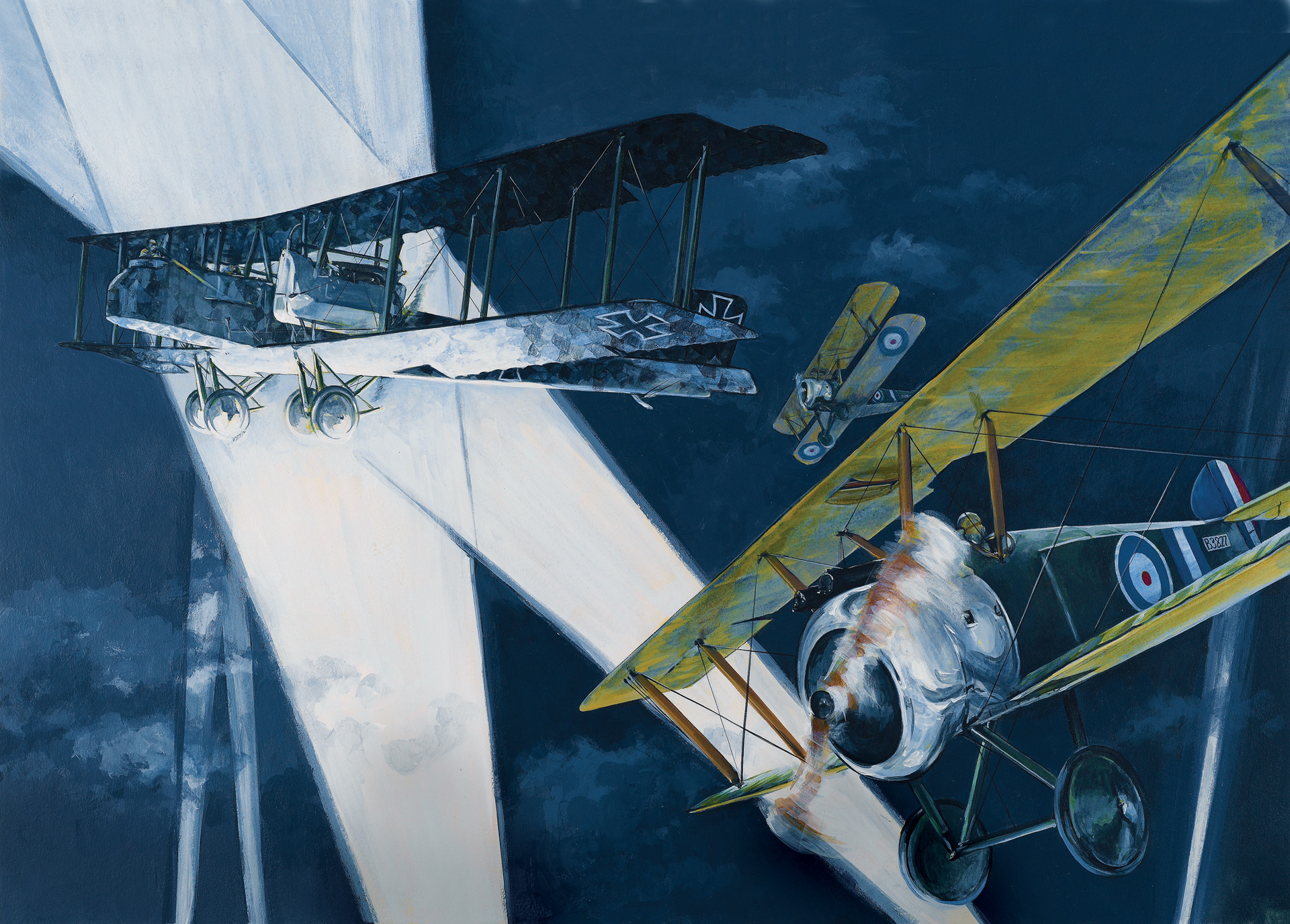

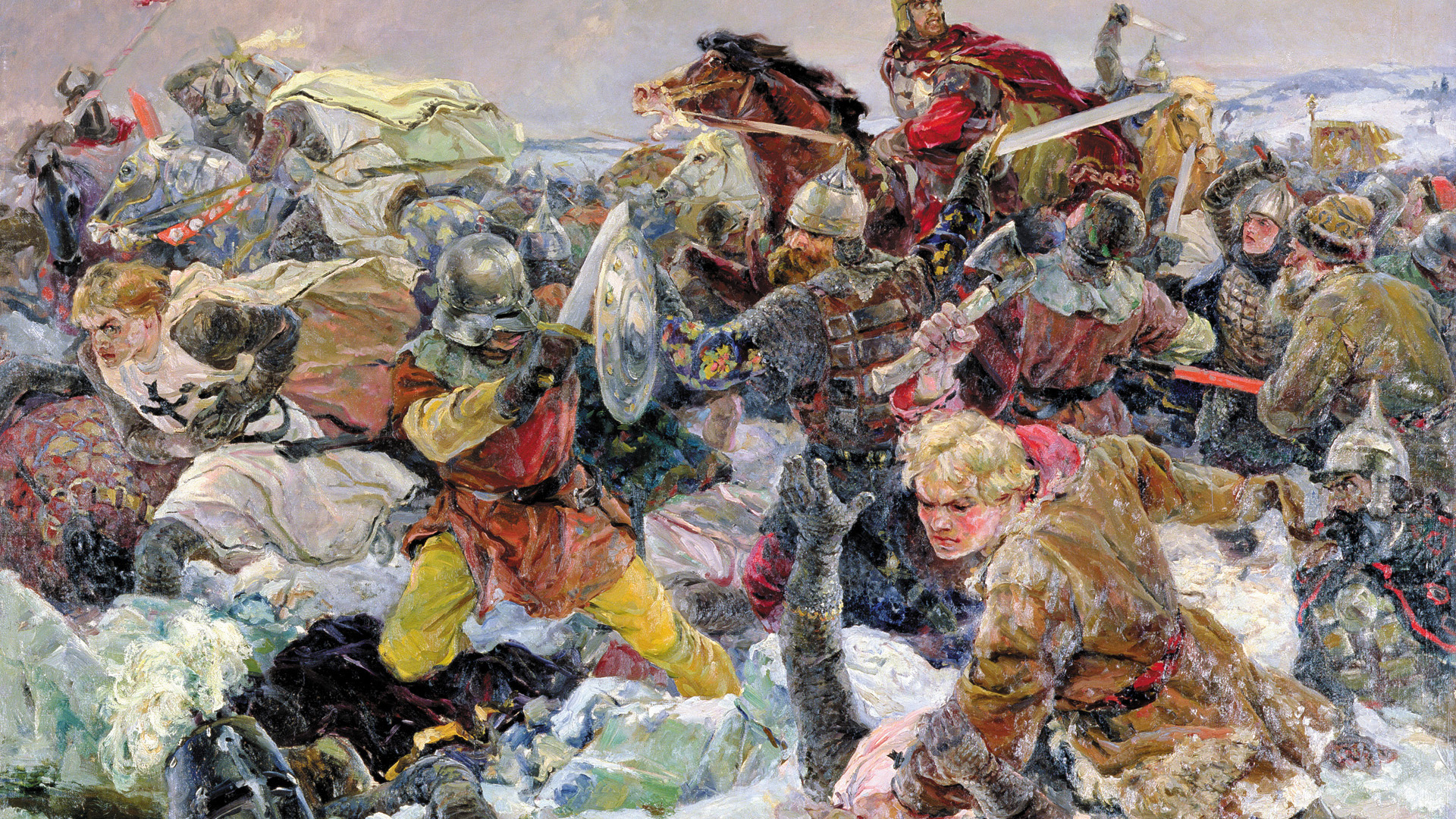
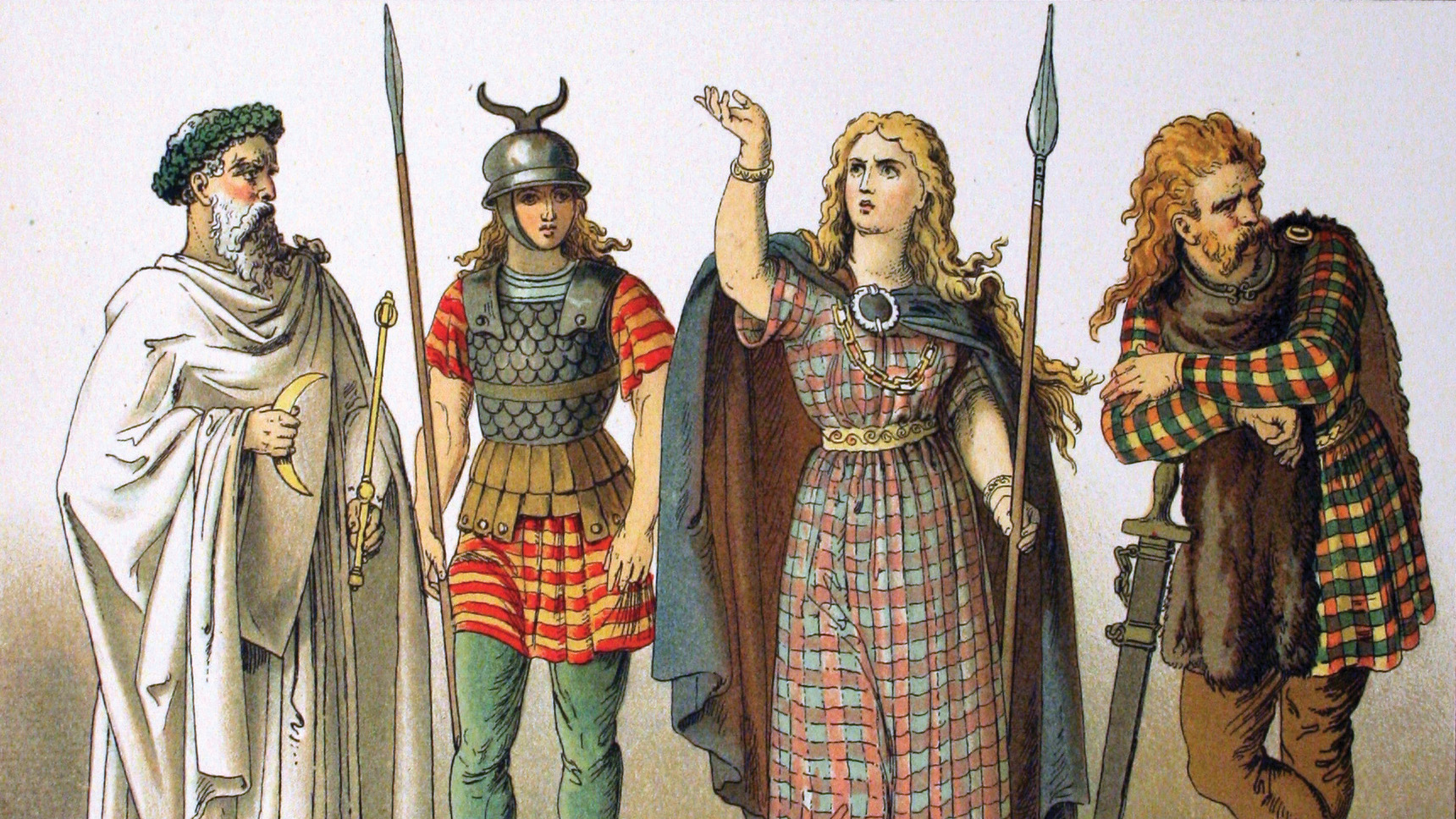
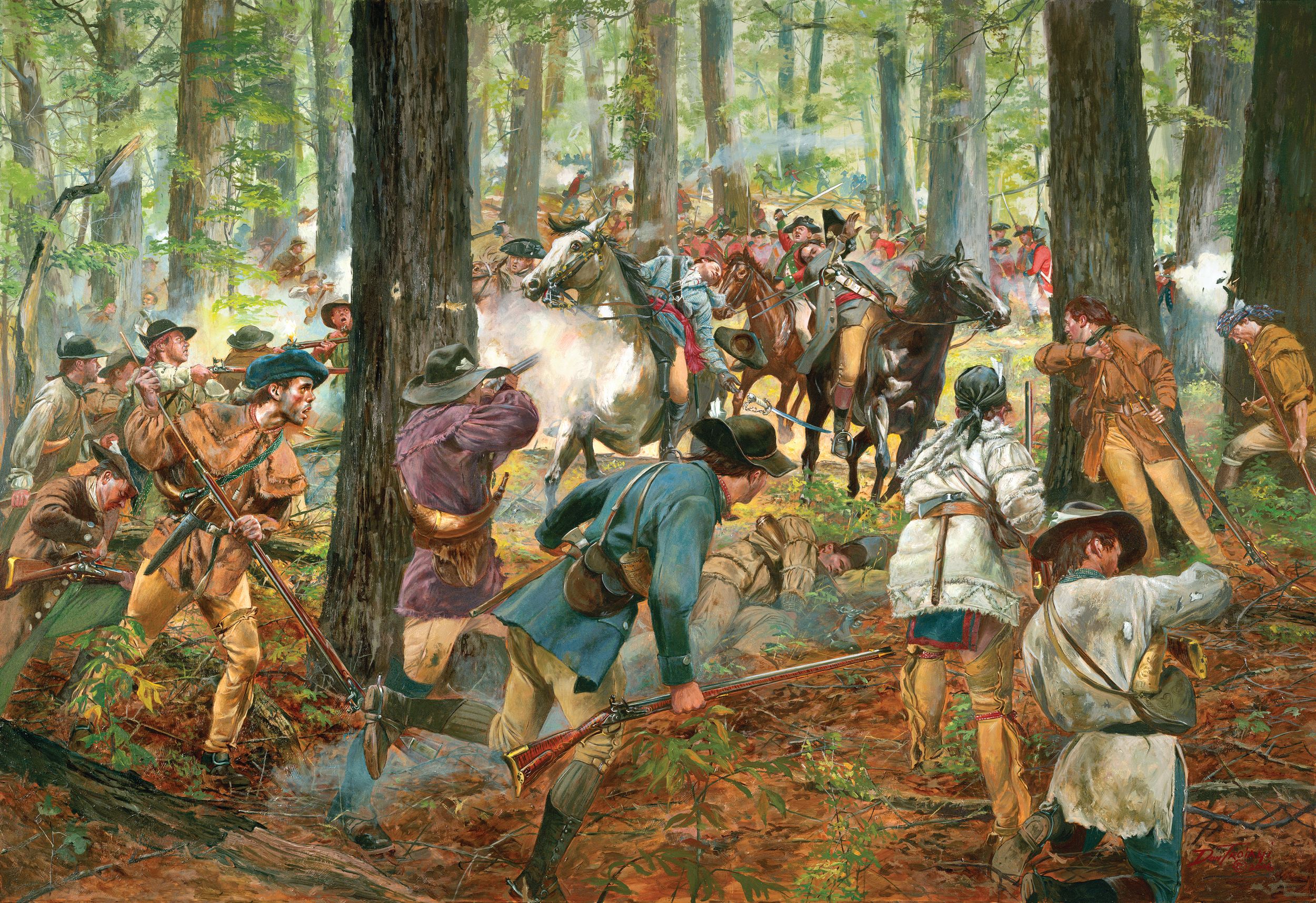
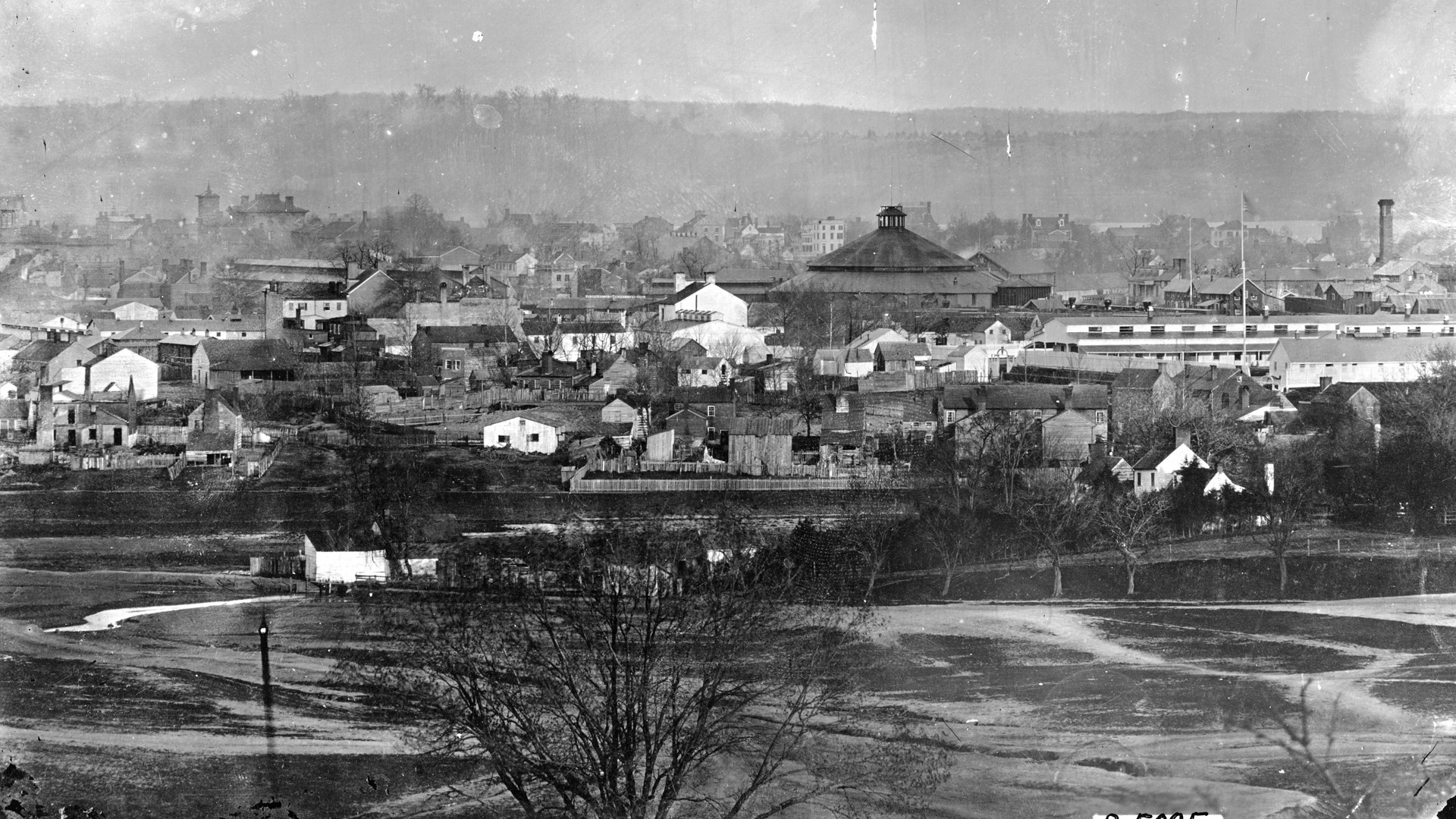
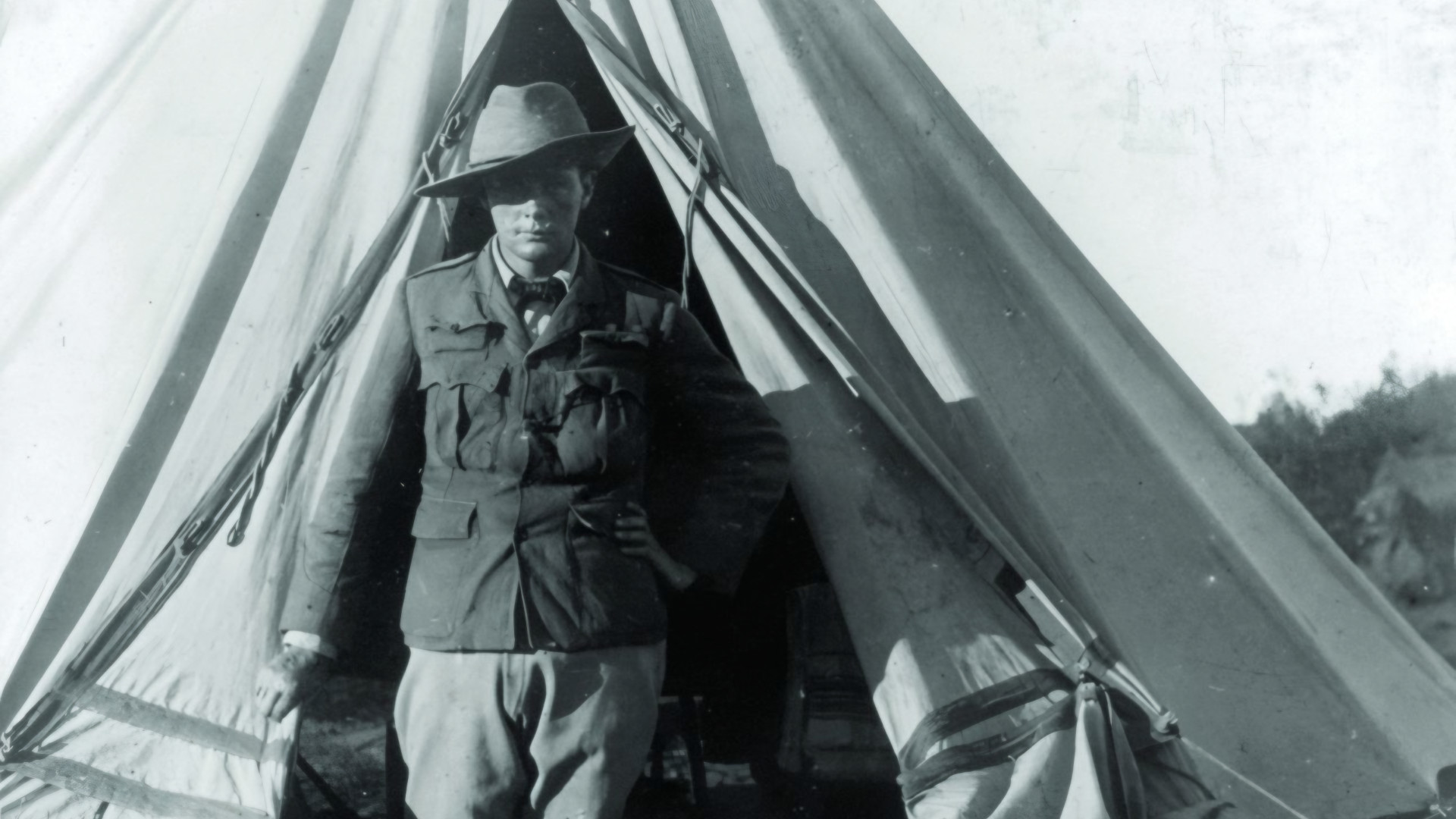
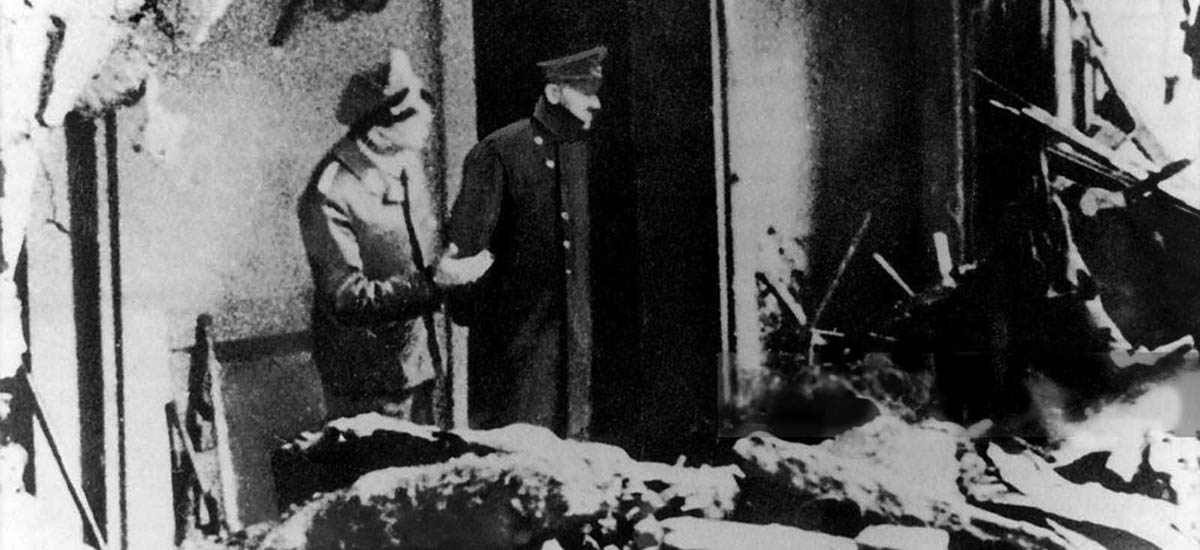
Join The Conversation
Comments
View All Comments